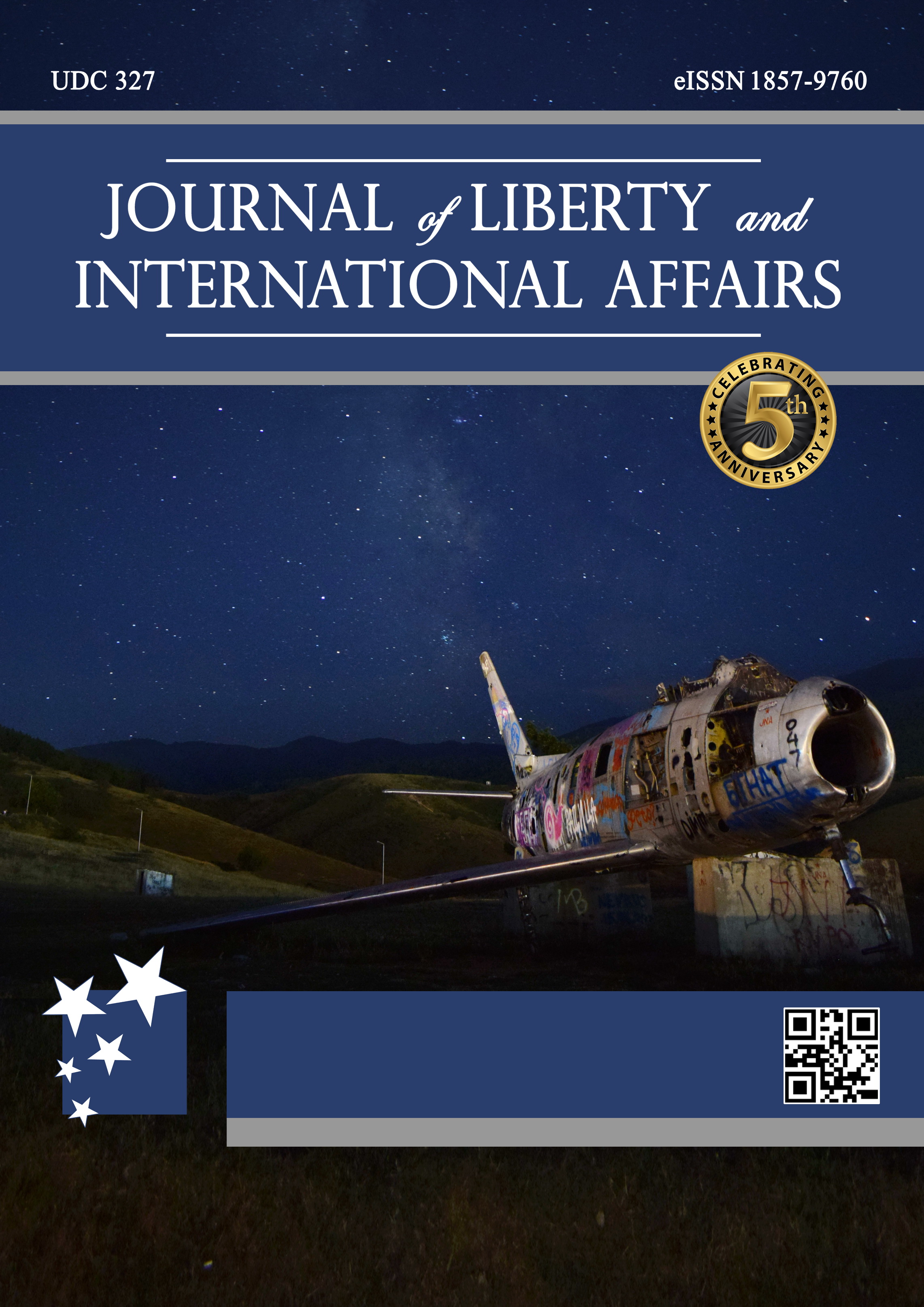RUSSIA’S NEW SOFT POWER: THE MIR CARD SYSTEM
RUSSIA’S NEW SOFT POWER: THE MIR CARD SYSTEM
Author(s): Gabriella GriciusSubject(s): Politics / Political Sciences, Politics, Social Sciences, Economy, Law, Constitution, Jurisprudence, National Economy, Constitutional Law, International Law, Human Rights and Humanitarian Law, Political Theory, Political Sciences, Civil Society, Governance, Public Administration, Public Law, Economic policy, Government/Political systems, International relations/trade, Security and defense, Welfare systems, Developing nations, Political behavior, Political economy, Political psychology, Politics and law, Politics and communication, Politics and society, Comparative politics, Public Finances, Fiscal Politics / Budgeting, Geopolitics, Politics and Identity, Corruption - Transparency - Anti-Corruption
Published by: Institute for Research and European Studies - Bitola
Keywords: Soft Power; Russia; Financial Diplomacy; Multipolarity; Former Soviet Union
Summary/Abstract: After the onset of Western sanctions in 2014, the Russian National Card Payment System (NSPK) and its corresponding Mir bank cards launched the following year. Five years later, estimates show that 56 million people are using Mir cards, more than 20 percent of Russia’s bank card market and will be operational in twelve foreign countries. Traditionally, scholars have examined Russian soft power as aiming to integrate post-Soviet countries with Russia and Central Asian countries through promoting beneficial economic and cultural relationships. With the Mir card system, Russia is seeking primarily to become less dependent on a dollar-dominated financial system, as well as to avoid potentially increasing US sanctions and to overarchingly seek to build a multipolar system. This research will investigate the Mir card system.
Journal: Journal of Liberty and International Affairs
- Issue Year: 6/2020
- Issue No: 2
- Page Range: 32-44
- Page Count: 13
- Language: English

